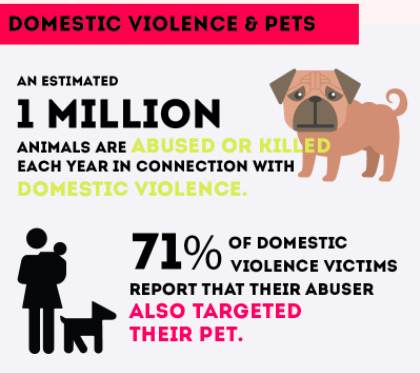In the intricate tapestry of life, animals represent not merely an embellishment but a fundamental thread that interweaves with the fabric of our existence. Yet, the specter of animal cruelty looms over our societies, casting a long shadow that affects not just the animals who suffer, but humanity at large. The implications of this pervasive issue are broad and profound, echoing through our farms and extending into the very heart of our families.
Animal cruelty can be likened to a devastating epidemic, a relentless tide that erodes the values we hold dear. When we think of farms, images of sprawling fields, animals contently grazing under the sun, often come to mind. However, the stark reality is far removed from that idyllic vision. Factory farming systems, driven by profit, transform sentient beings into mere commodities. The chickens confined in battery cages, the cows tethered in cramped quarters—they are victims of a merciless system that prioritizes monetary gain over compassion. In this harrowing landscape, the plight of the animals is a poignant reminder of humanity’s moral failings.
A primary concern stemming from farm-related animal cruelty is the environmental ramifications. Industrial farming practices are not only unethical; they contribute to ecological degradation. The excessive use of antibiotics in livestock leads to the proliferation of antibiotic-resistant bacteria, which can eventually infiltrate human populations, posing severe public health risks. Moreover, the sprawling factory farms—often likened to devastated war zones—pollute waterways, degrade air quality, and diminish the biodiversity essential for a healthy ecosystem. The cruelty perpetrated against animals thus reverberates through our planet’s health, creating a complex web of interdependencies between animal welfare and environmental integrity.
Indeed, the implications of animal cruelty stretch beyond the farms, seeping into our homes and communities. The act of raising children in an environment where empathy for living beings is instilled is critical for nurturing compassionate citizens. When children witness acts of violence against animals, it can desensitize them to suffering and create a continuum of aggression that manifests not only toward animals but also toward their peers. Studies have shown that early exposure to animal cruelty can correlate with antisocial behavior later in life. Thus, the ethical treatment of animals is not an isolated concept; it is intricately linked to the social fabric of our communities and to the values we pass on to future generations.
The fallout from ignoring animal welfare extends beyond individual morality; it infest our societies with deep-seated injustice. Animal cruelty often serves as a harbinger of broader societal issues. The desensitization to animal suffering can warp perceptions of empathy and justice, leading to deleterious effects on human relationships as well. Individuals who engage in violent acts against animals are statistically more likely to commit violent crimes against humans. The normalization of brutality can create a culture of violence, eroding the moral foundations upon which societies should stand.
If one considers the metaphor of a tree, with animal cruelty as a rot at its roots, we can visualize just how imperative it is to address this issue. The health of the tree, its capacity to thrive and shelter life, is compromised when the roots are tainted. In nurturing the well-being of all sentient beings, we bolster the moral and ethical structure of our communities and protect the very essence of humanity from decay. This nurturing requires both systemic change and grassroots movements. From legislative reform advocating for better treatment of animals to community outreach programs raising awareness about animal welfare, action is necessary at all levels.
The intersection of animal cruelty and public policy is particularly crucial. Advocating for stronger animal protection laws can engender significant change, as effective legislation has the capacity to dismantle institutionalized forms of cruelty. It is vital to engage in political discourse, mobilizing communities to support policies that enforce stringent standards of care and promote humane farming practices. In such a way, each individual can become a voice in the collective fight against cruelty, ensuring that our laws reflect the ethical treatment of all beings.
Engaging with the community fosters a deeper understanding of the implications of animal cruelty. Educational programs that emphasize compassion and ethical treatment can cultivate a new generation of animal advocates. From school projects to local farms offering interactive experiences, these initiatives open channels of empathy, allowing individuals to connect directly with the animals they often regard as mere abstractions. The more we can humanize the plight of these creatures, the stronger our collective resolve will become in combating animal cruelty.
Lastly, recognizing that the fight against animal cruelty is not solely a specialized arena but a universal battle can strengthen our resolve. The celebration of companion animals, the nourishment offered by ethically sourced food, and the protection of wildlife all originate from the same basic tenet: a commitment to living in harmony with all beings. As each of us embraces our roles as stewards of the earth, pushing back against the tide of cruelty, we weave a stronger, more unified tapestry of existence that honors all its threads.
In conclusion, animal cruelty is a multifaceted issue that transcends the suffering it causes to animals. Its effects ripple through our communities, environment, and individual lives. Acknowledging this interconnectedness allows us to see that the effort to combat cruelty is not merely about saving animals; it is about enhancing the moral fabric of our society. As we strive for a more compassionate world, let us remember that the true measure of a civilization lies in how it treats its most vulnerable beings.









